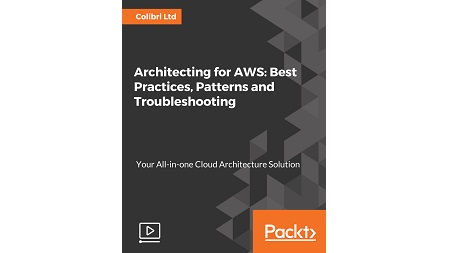
English | MP4 | AVC 1920×1080 | AAC 48KHz 2ch | 1h 56m | 200 MB
Gain a detailed understanding of best practices for architecting and securing your applications while running on AWS
Do you face problems in implementing AWS framework in your applications? Then this course is for you.
This course is full of examples and will give you a detailed understanding of the best practices to follow when architecting and securing your applications for running on AWS. You see some secret hints and tips on common problem areas you may encounter. Amazon provides a range of tools for analyzing the cost impact and security footprint of cloud applications, all of which we will explore with practical, real-life examples.
By the end of this comprehensive, yet easy to follow tutorial, you will have gained a detailed understanding of how to architect and build fault-tolerant, cost-optimized applications for the connected web.
This course will give viewers an absolute understanding of the best practices to follow when architecting and securing applications for running on AWS, along with some hints and tips on common problem areas you may encounter with practical real-life examples.
What You Will Learn
- Analyze the cost impact and security footprint of cloud applications
- Build fault-tolerant, cost-optimized applications for the connected web
- Secure your applications for running on AWS
- Considerations when comparing Cloud applications with traditional on-premise applications
- Effective use of cloud resources for performance optimization
- Budget allocation and resource sizing for building cost optimized applications
Table of Contents
General Architecture
1 The Course Overview
2 Cloud Native Versus Traditional Apps – What Does That Mean
3 The Lift and Shift
4 Designing from Scratch
Security
5 Protecting Information
6 Confidentiality
7 Data and System Integrity
8 User and Privilege Management
Reliability and Performance Efficiency
9 Failure Detection
10 Change Management
11 Performance Optimization
12 Dynamic Resource Sizing
Cost Optimization
13 Resource Groups
14 Budget Allocation
15 Resource Sizing and Scaling In
Resolve the captcha to access the links!